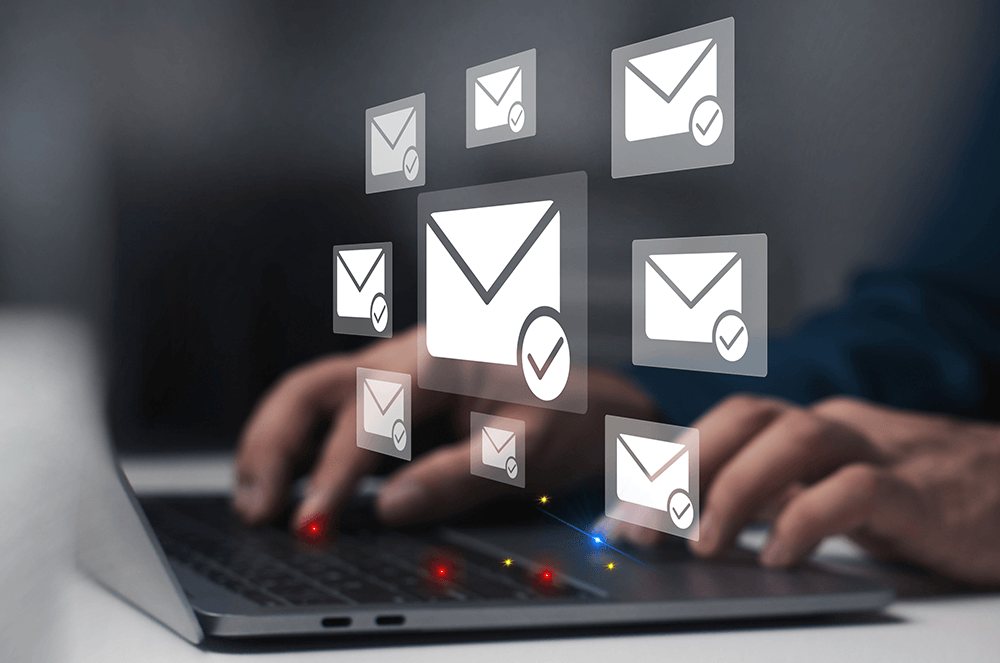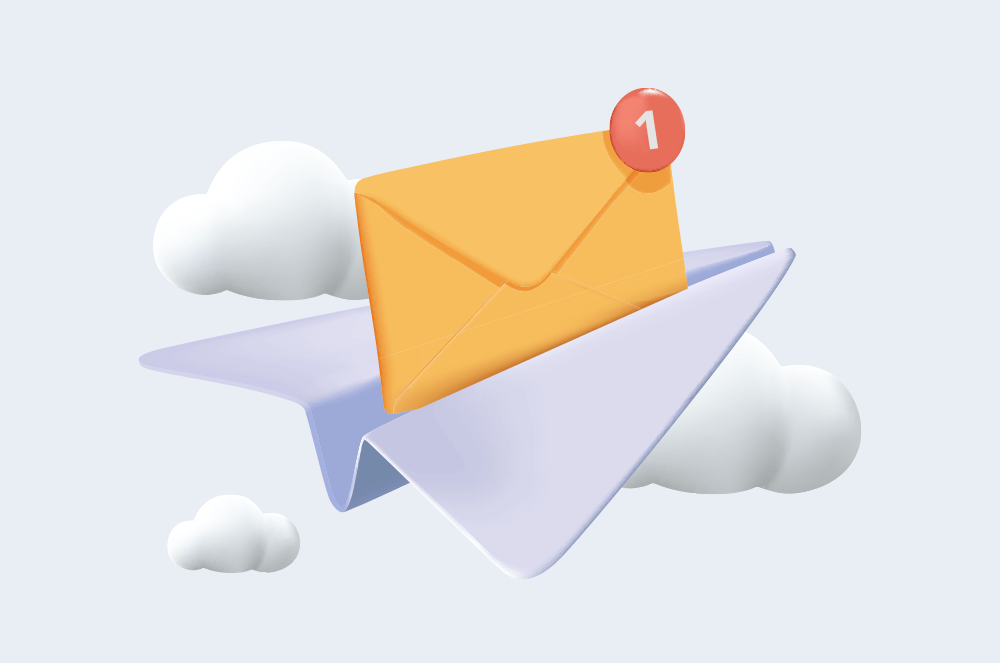
Are people seemingly ignoring your emails? Are your memos not registering with your team?
Are you waiting for recipients to respond to written requests with deadlines?
There could be a simple explanation: TL;DR.
If your missives are misfiring, it’s likely they’re too long (TL), and your audience didn’t read (DR) them. Consider these approaches in your challenge to earn the attention of your readers.
What’s In It for Them?
Just like an effective speech, your writing needs to engage right from the start. Readers, like listeners, want to know what the topic is and why they should pay attention.
Tick-Tock: You’re on the Clock
Your readers’ time is of the essence. Use it wisely; send them focused, precise messages. Your reward will be faster, more valuable responses.
The longer it takes you to get their attention, the more likely it is that your readers will lose interest. Remember, while it’s rude to walk out of a boring speech, disengaged readers can—and do—easily give up and stop reading messages they’re not interested in.
Don’t Bury the Lead
Here’s another point about making your point. Don’t “bury the lead,” a journalism term for failing to put the most important news first. Wading through lots of background or even a potpourri of pleasantries to start the message immediately puts off recipients. And did you know—this type of message often masks your own lack of confidence in discussing the topic, a flaw your audience can often easily pick up on.
Format Frees Readers to Focus on Content
When I open emails to find one giant single-spaced block of dense text, narcolepsy immediately kicks in. The thought of deciphering tires me. It’s like a jogger turning the corner and seeing a giant hill ahead.
Here’s a way to bring readers in: Provide an abstract or executive summary up front to orient the reader on what is to come, and provide overall context for comprehending your message.
Is your Message MADE for your Readers?
“When readers have the most important information up front, time and interest dictates how much or little they read!” asserts professional speaker and author Dianna Booher. “It’s always better to summarize in a sentence or two or three at most, and put the action up front,” she advises. That’s why she created The MADE Format, featured most recently in her book Faster, Fewer, Better Emails.
- Message: State the bottom-line message of interest to your readers.
- Action: Make recommendations or state any follow-up actions you want from readers or that you plan to take.
- Details: Elaborate on the necessary details: who, what, when, where, why, how, how much?
- Evidence: Mention any attachments you’re sending to make the message clearer or more authoritative.
Booher implores writers, “Don’t tell me what you’re going to tell me later on page four in the proposal. Tell me now; give me a summary.” Clarity begets more clarity, she says.
Whatever written form you’re using, don’t just dash it off without forethought. Think first, then write. You’ll actually save everyone’s time in the long run and are far more likely to generate your desired results.
Craig Harrison, DTM a Past District Director, is now a professional speaker based in the San Francisco Bay Area. He cites joining Toastmasters in 1992 as one of the best decisions in his career and life. Email him at craig@expressionsofexcellence.com



 Previous
Previous

 Employ “Smart Brevity”
Employ “Smart Brevity”
 Previous Article
Previous Article

